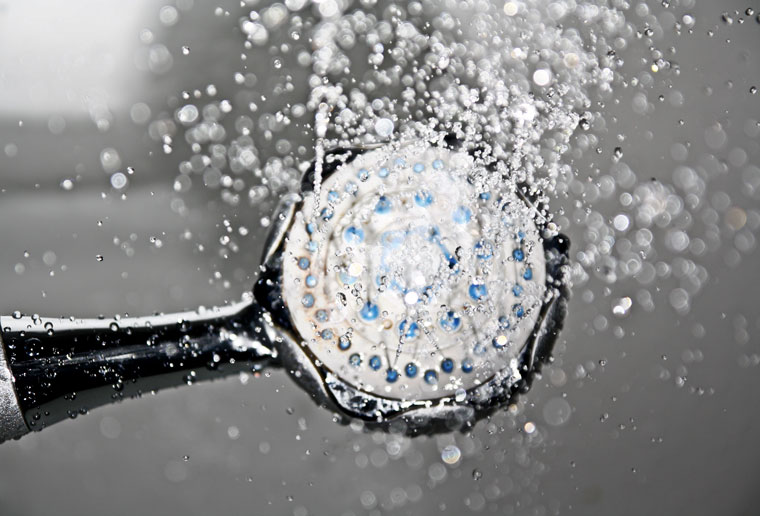The closure of public buildings has been a method used worldwide to reduce the spread of COVID-19; however, the prolonged closure of buildings may have unexpected implications for some.
Whilst buildings have remained empty, the water and HVAC systems within offices and other public buildings have been largely unused which poses additional risks for public health, through diseases such as Legionnaires.
Legionnaires disease is a lung infection caused by the bacterium named Legionella Pneumophila, which is commonly found in water. The recent lockdown created an optimum environment for the bacteria to proliferate within water systems, due to the stagnant water and warm temperatures. The bacteria can exist in any water system but will specifically cause issues in man-made water systems such as large plumbing systems, showerheads, sinks and hot water tanks. Upon opening of buildings, and without proper precautions, the bacteria-infected water in an aerosolised form, can then be released into the surrounding space when the water systems are used, this can then be inhaled by those in the vicinity.
To prevent a localised outbreak of Legionnaires Disease, it is important that the water systems are adequately checked, inspected, and cleaned in line with the building’s guidelines, prior to the reopening of the building, especially those systems that have not been used as these will have been holding stagnant water for some time. Those buildings that already had Thermostatic Balancing Valves (TBV) installed within the building prior to the lockdown may have an easier task on their hands, when compared to those that did not.
Thermostatic Balancing Valves are designed for use in Domestic Hot Water Systems (DHWS) to accelerate hot water delivery to the tap, reduce water wastage and conserve energy, though they are now being specified in public building installations to help protect against the growth of the Legionella Pneumophila bacteria.
In its optimum environment the Legionella Pneumophila bacteria will multiply rapidly, this usually occurs when subjected to temperatures between 32°C and 42°C. Therefore, HSE requires the temperature of stored hot water to be at least 60°C. This is where Thermostatic Balancing Valves are required; by design they provide thermostatically controlled regulation of flow and thermal disinfection and therefore assisting with protection against legionella. Many high quality TBV’s would come with an Automatic Legionella Disinfectant feature and a temperature verification port and gauge as standard, allowing the engineers to easily follow any temperature logging procedures and alerting them to any potential issues at an early stage.
Whilst many large premises will have engineers who oversee the day-to-day maintenance and as such, will be aware of the problems that stagnant water creates, the smaller premises and businesses amongst us may be facing an unprecedented challenge. However, the European Society of Clinical Microbiology and Infectious Diseases (ESGLI) has issued guidance for managing Legionella in building water systems during the COVID-19 pandemic, and gives instructions on how to safely reopen these systems. For more information see here.
Albion Valves (UK) Ltd offer a comprehensive range of public health valves including, thermostatic balancing valves to decrease the risk of Legionella, amongst others that omit risks such as scalding and back siphonage. To view the full range, click here.
For more information please visit our website at www.albionvalvesuk.com or contact us by phone on 01226 729900 or by email on sales@albionvalvesuk.com.
